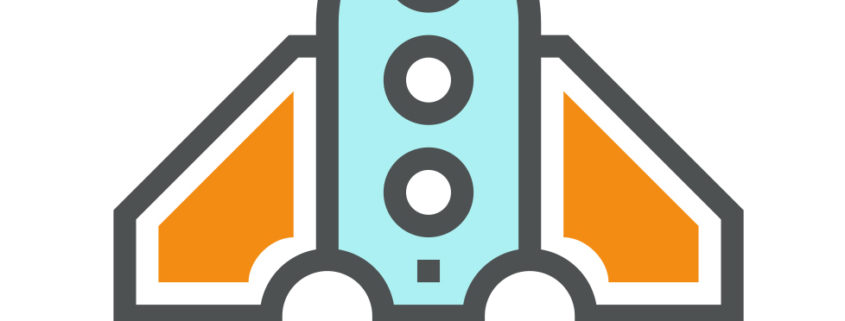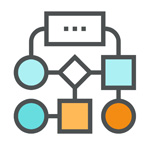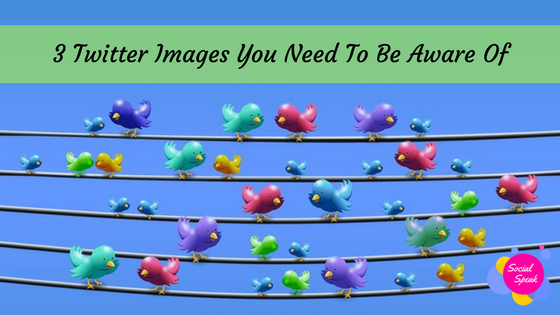When it comes to generating leads, a HubSpot study conducted at the beginning of the year showed that LinkedIn is 277% more effective than other social network sites. This is a powerful statistic, but before you go looking for leads, you must first create prospects. By joining and being active in Groups on LinkedIn, you can benefit substantially from the site.
1. Join Groups Relevant to Your Business
Search on LinkedIn to find out which groups would be beneficial for your industry. If your business is a general industry, search for associations groups. If you’re a recruiter, look for networking groups. To join groups that will assist in your marketing efforts, look at the groups Social Media Marketing, Inbound Marketers and Marketing Innovation with LinkedIn.
2. Be an Influencer
When you first join a group, avoid the temptation about starting discussions that promote your products and services. No one in the group knows who you are when you first join, therefore you don’t have anyone’s trust just yet. However, if group members see that you’re part of the top five influencer list, you will be a noted helpful group member. To become a Top Influencer, you must generate contributions that lead to the most contributions from other group members. Remember that with your contributions and discussions with groups, it’s all about quality, not quantity, when shooting to become a Top Influencer.
3. Post a Poll
Group members like to see that you’re part of the group to engage, and not to promote or spam. By starting a poll, users will see that you’re interested in hearing their opinions. This is an easy way to get other members to get to know you and communicate with you.
4. Post Discussions
After you’ve created a respectable reputation within your group, start a discussion with group members. To start a quality discussion, remember these three components:
-Keep the title short. If the title goes over 140 characters, it will appear with an ellipsis at the end.
-Provide group members useful details. Give good context, but don’t get too lengthy with your information as you could easily lose readers’ attention.
-Add in a link that leads to your company page, website or blog. After posting a discussion, you want readers to have easy access to learn more.
5. Share Through Other Social Sites
On LinkedIn Groups, there are convenient share buttons that share the actual group, as well as individual discussions and polls. Extend your engagement in discussions by sharing them and providing them additional visibility.
6. Measure Results
There are free tools available for you to measure how your participation on LinkedIn Groups is contributing to your marketing success. Take a look at Bit.ly links and tracking tokens to be able to see how many people are clicking on the links your share within the group.
In addition to these ways to benefit from participating in LinkedIn Groups, it is important to remember that success will not happen in one try. With LinkedIn Groups your participation must be ongoing in order to see results. Try lots of methods of communicating in groups and compare your results to get an understanding of which communication styles help benefit your company the most.















